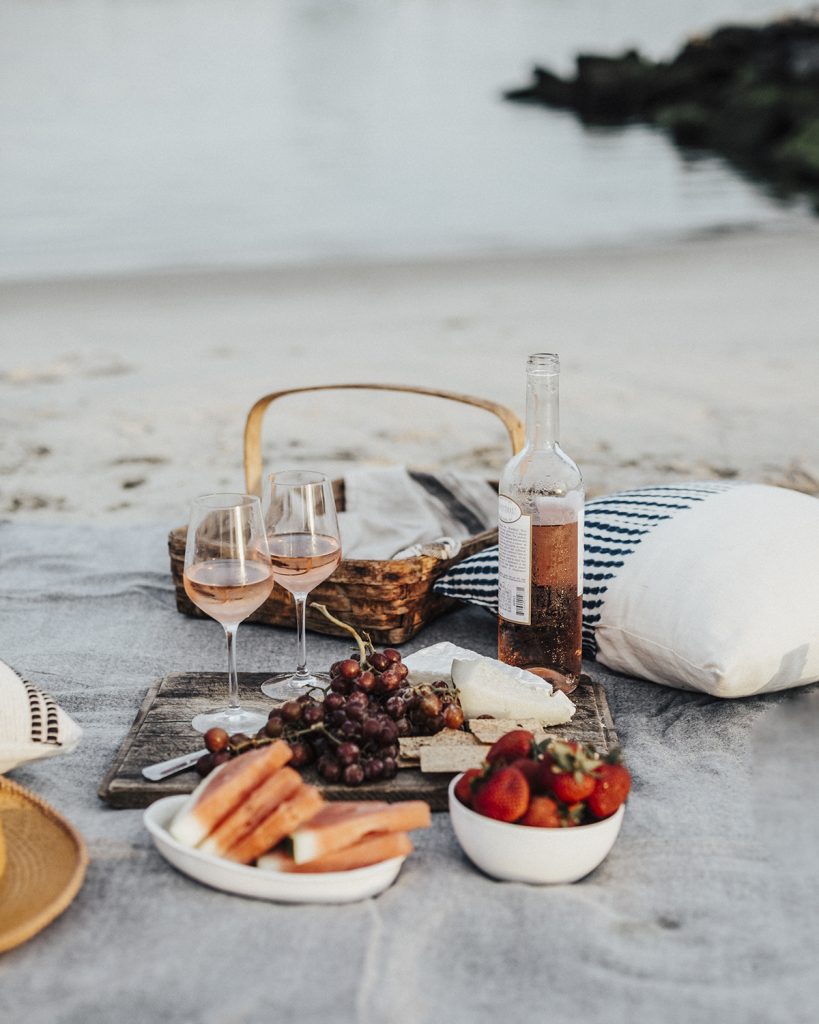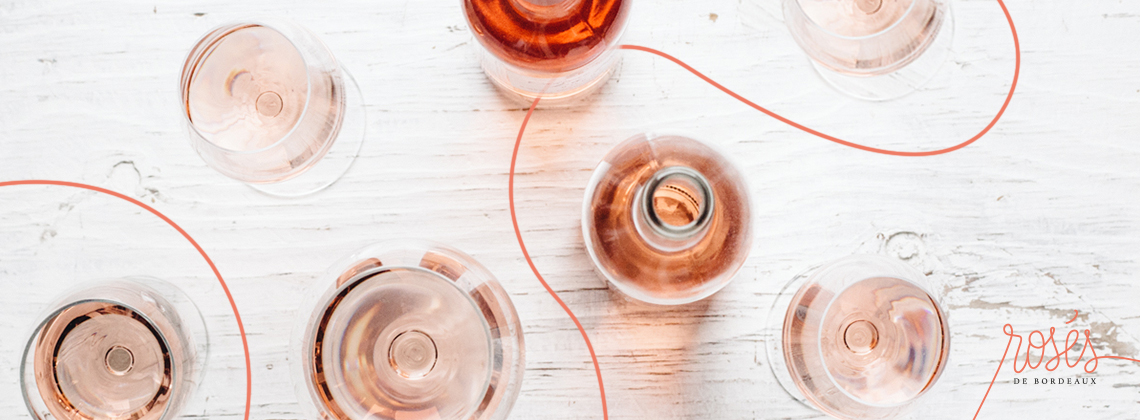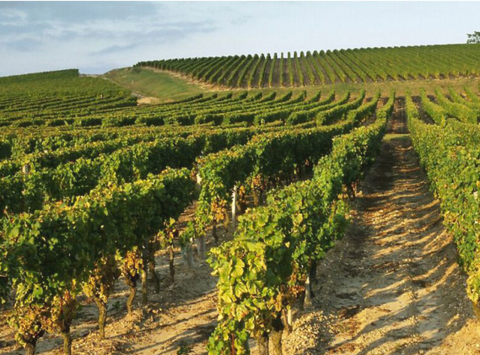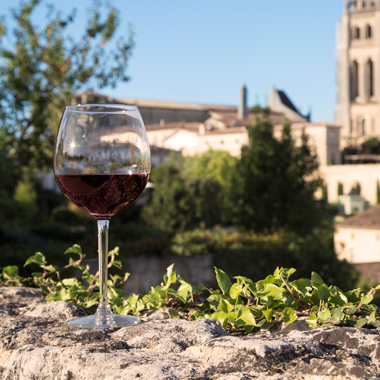Discover rosé wines from Bordeaux
Summer is in full swing signalling it’s the time to drink pink! For a change why not head to Bordeaux for your rosé? Bordeaux is producing incredible quality at extremely competitive prices – it’s time to give them a go.
Rosé is produced throughout Bordeaux under the appellation ‘Bordeaux rosé AOC’, which is a large appellation, meaning the styles can differ greatly. However, for most rosés from Bordeaux the focus is on light, elegant and fruity wines with flavours of fresh strawberries and floral notes.
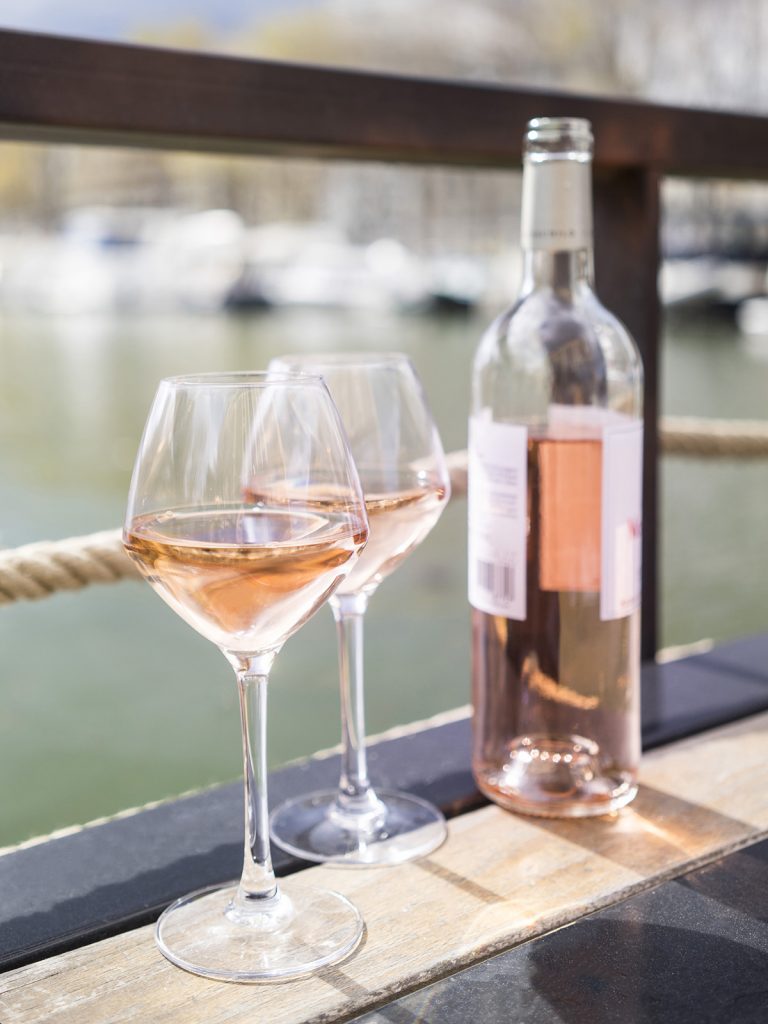
To make rosé wine in Bordeaux any of the permitted red grape varieties can be used. Cabernet Franc, Cabernet Sauvignon and Merlot are the most common, however, Petit Verdot, Carménère and Malbec are also allowed.
Making Bordeaux Rosé
To make the rosé wines a short maceration occurs. This means that after the grapes are harvested they are gently pressed and left in contact with the red skins for a short time, usually 4-8 hours. This short contact time allows just enough colour to be extracted and create the signature pink tinge associated with this style of wine. After the desired level of colour is reached the winemaking process resembles that of a white wine. A cool, temperature-controlled fermentation, often in inert stainless steel tanks, will occur to retain the fresh, floral flavours. Bordeaux rosé is generally designed to be consumed young, highlighting the grapes natural character.
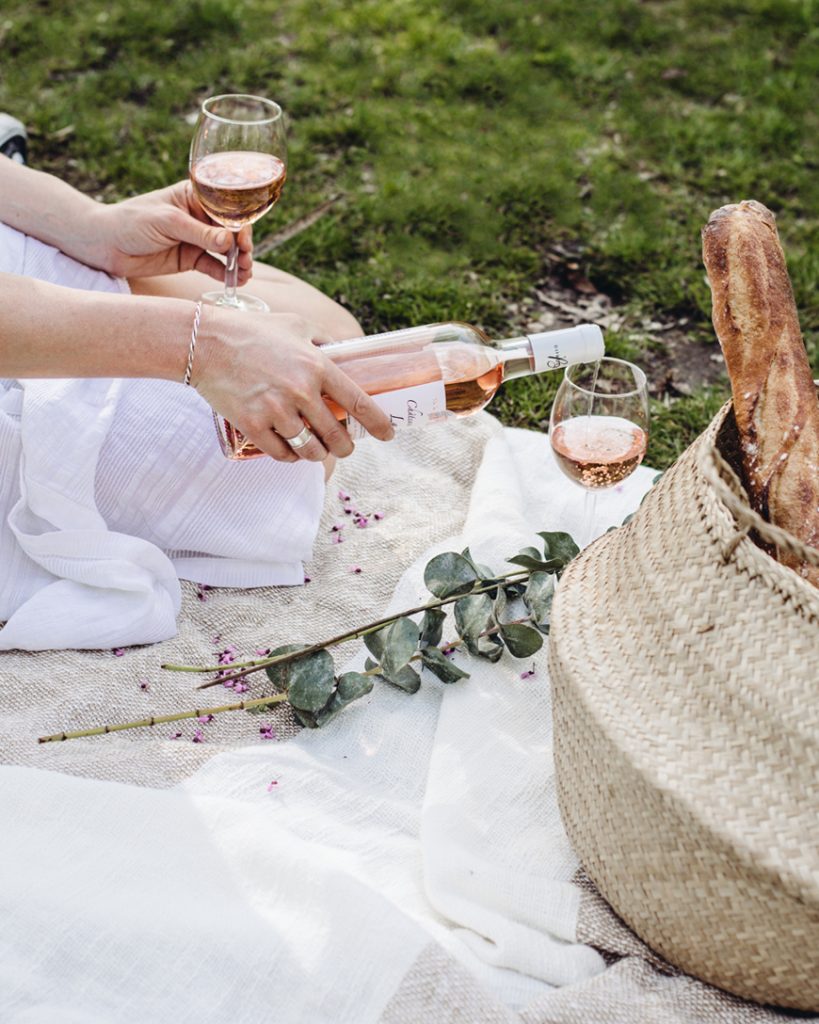
However, this is a relatively new phenomenon. Traditionally, the Bordeaux rosé was darker in colour, often with some oak influence. This style, called Clairet, (which then became anglicised into ‘claret’ to signify a lighter red wine style) is still produced today but in much lower quantities. Clairet is often confused as a light red wine due to the intensity of colour and flavour extracted from the prolonged skin contact. It can be a fantastic food pairing wine due to the bigger structure of the wine.
What to pair with Bordeaux rosé?
The fresher, lighter styles are mainly consumed as an aperitif, however they can also be good accompaniments to food. To not overpower the structure or the flavour of the wine the food should be light and fresh. Seafood, especially fresh prawns or scallops can be an excellent pairing. The gentle flavour of the food won’t be overpowered by the wine and the soft, creamy texture of the shellfish will be enhanced by the fresh acidity in the rosé. Try lightly grilling the prawns and pan-frying the scallops with only a touch of seasoning and butter to highlight the natural character of the shellfish.
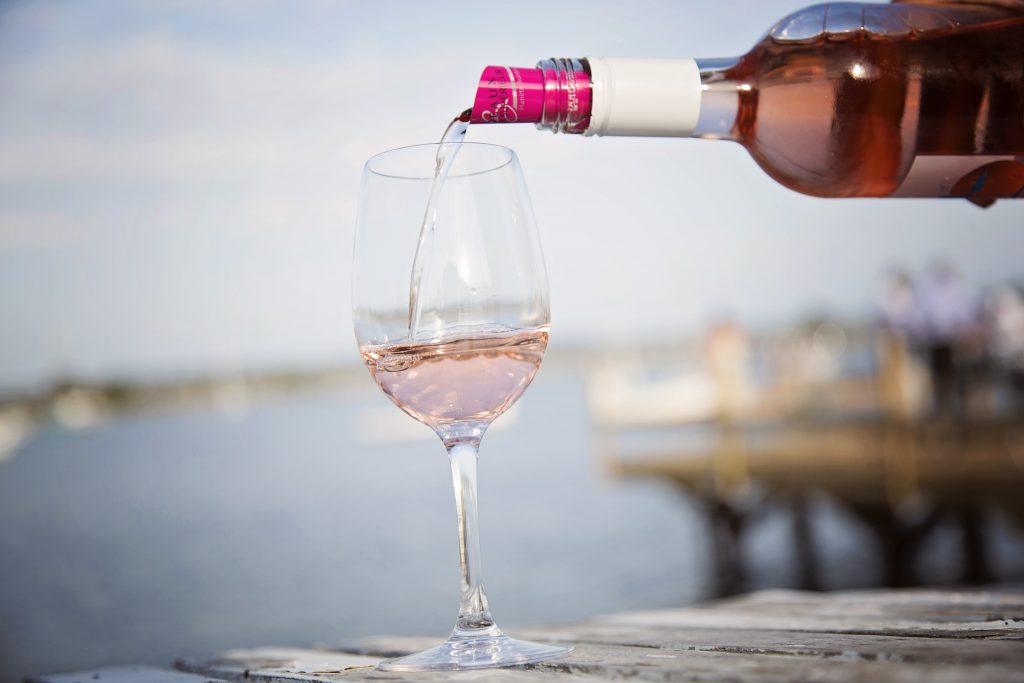
Tip Top wine suggestions
Sainsbury’s Taste the Difference Bordeaux Rosé (£8)
Sainsbury’s makes a range of wine under the Taste the Difference label. The Merlot grapes for this wine were grown by Les Vignerons de Tutiac. This cooperative supports over 450 dedicated growers helping them to produce the highest quality fruit. The rosé is juicy and balanced with fresh flavours of redcurrants and raspberries.
Château Bel-Air Perponcher Réserve Rosé (£9.50 from The Wine Society)
Château Bel-Air is located in the Entre-Deux-Mers region where the Despagne family have cultivated their vineyards organically since 2008. The rosé is produced mainly from Cabernet Sauvignon with a touch of Cabernet Franc and Merlot. The family ensure the grapes are picked early in order to guarantee freshness. On the nose, it is fresh and aromatic with flavours of strawberries and roses. There is a gentle citrus freshness that continues on the palate and balances the red fruit flavours.
